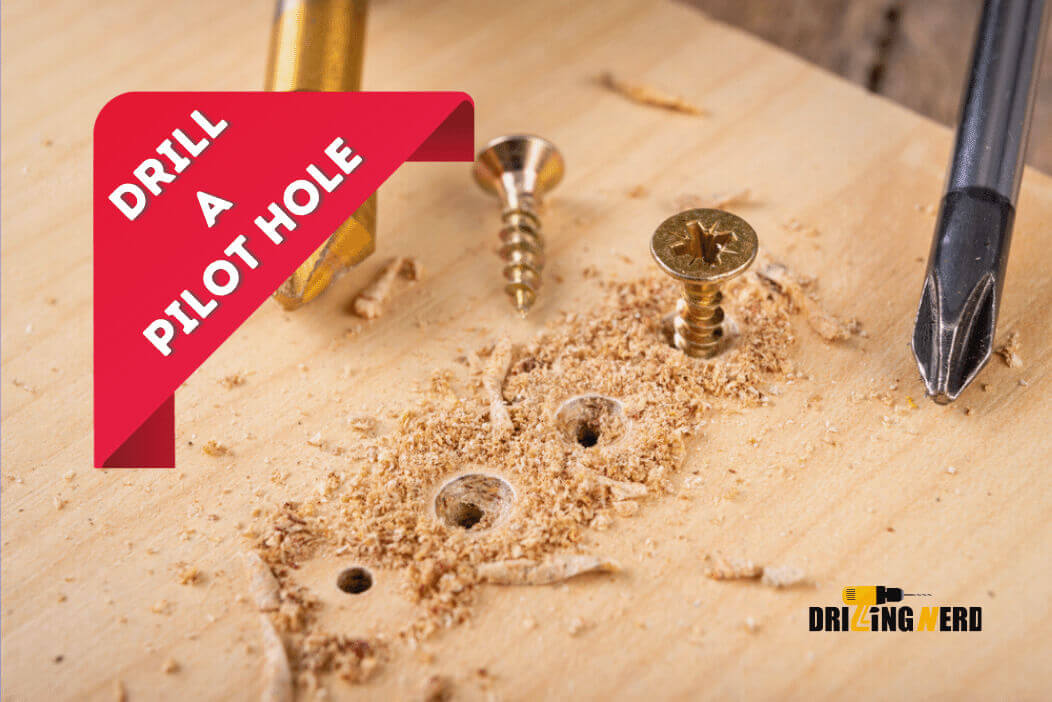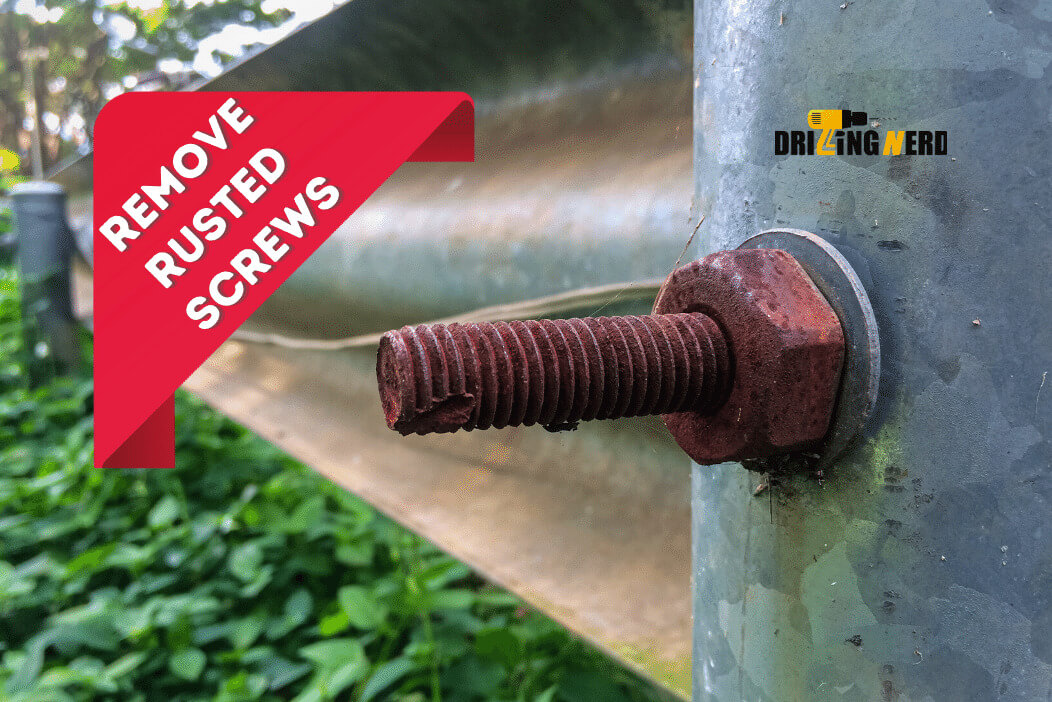A savvy worker or do-it-yourself enthusiast understands the importance of maintaining their equipment in good working order. Drill bits are included in this category. Your drill is completely ineffective if it does not have a sharp drill bit. The drill bit is the one who bears the brunt of the abuse. That tiny drill bit takes a beating from metal, brick, wood to name a few materials.
If you have a flat, dull, or chipped drill bit, you don’t have to rush to the store every time. Cutting edges that are properly sharpened can save time and money in the long run. Understanding the various methods to sharpen a drill bit can save you from purchasing expensive new twist drill bits in the future.
You may also breathe new life into those drab pieces of equipment that are no longer functional but that you can’t stand to throw away! Here are the greatest drill bit sharpening procedures I’ve found, as well as some advantages and disadvantages of each approach to consider before making your decision.
Is it Worth Sharpening a Drill Bit?
A sharpening will guarantee that you don’t have to put as much force behind the bit as you otherwise would. A personal drill bit sharpening will save you money on the cost of new drill bits. Sharpening your bits increases the accuracy of your bits. Maintaining the sharpness of your pieces makes them safer.
4 Useful Methods to Sharpen a Drill Bit:
The following are the four best drill bit sharpening processes I’ve come across:
Method 1: Using an Angle Grinder

Sharpening drill bits with an angle grinder is among the most convenient methods of doing so. However, you may require the use of a jig in order to make your task more efficient.
To construct a jig, start with a scrap piece of wood and drill a hole through it at an angle equal to the drill’s point angle. Consider the following example: If you have a 120-degree point angle, draw 60-degree lines on the board and drill through it.
After you’ve attached the bit to the jig, you’ll want to put it on the bench. While applying pressure to the hole with one hand, keep the bit in place with your other hand.
After then, when the bit is parallel to the wood’s surface, grip the angler with your free hand and turn it on to finish the job. Exert force to the bit to sharpen the land, then flip the bit 180 ° to sharpen both sides of the land at the same time. Once this is completed, remove the bit from the jig and push it on the bench vice to sharpen the reliefs on the surface.
Method 2: Sharpening Tools

A drill-powered drill bit sharpener, one of the most affordable ways to sharpen drill bits, may produce excellent drill tips. These are far less expensive than other specialized drill bit sharpening equipment, although they may necessitate a little caution while in use.
Only a few minutes are required for setup. When working away from the workstation, it is helpful to have something tiny and easy to use.
In certain cases, you could slide the bit in water or spray it with a squeeze bottle to cool it while you are sharpening it due to the design. It’ll also give your drill bits a sharpness that will stay sharper for a longer period and will last longer.
Some are difficult to operate since the drill bit must be properly positioned and held firmly to provide the greatest sharpening results.
Method 3: Drill Bit Sharpener

The most precise methods of sharpening drill bits need the use of a specialized instrument of some description. The drill bit sharpening tool is a touch on the pricey side, but it produces excellent results, making it a decent alternative if you do not have access to a bench grinding machine.
The Drill Sharpener tool provides precise sharpening of drill bits, resulting in a symmetrical tip on each drill bit. These characteristics make them ideal for precision drilling on intricate wood or metal projects, as well as for any alarm pre-wiring and drilling tasks.
Because the sharpening stone is changeable, if you use it frequently, you may keep a replacement on hand for when you need it.
Sharpening extremely flat pieces might take a long time. The stones used in most commercial sharpening equipment are rather fine, which results in a smooth edge. This also implies that they do not remove metal at a rapid rate, making the use of blunt bits tiresome.
Drill bits can’t be readily immersed in water for cooling while sharpened; therefore, they may become hot. If you try to sharpen a drill bit too quickly, you may end up with a drill bit tip that is less robust.
Method 4: Bench Grinder

A grinder for sharpening drill bits requires very little preparation time before it can begin. Put on your protective eyewear, switch on the machine, and begin sharpening.
A bench grinder is also utilized for other garden equipment, such as sharpening shears, lawnmower blades and placing a sharp edge on them. It can also be used to sharpen big drill bits, which many off-the-shelf types of equipment are incapable of doing.
When used lightly, grinding wheels last a long time, so you won’t have to worry about replacing a sharpening stone as frequently as you would with some of the specialist sharpening equipment.
A bench grinder is undoubtedly one of the most effective tools for sharpening drill bits that are severely worn or even damaged. A grinder will quickly restore the edge to your drill bits if you drill through a lot of wood or steel or twisting drill bits frequently come into contact with masonry or nails.
The majority of bench grinders consist of two grinding wheels, one rough and one fine. Using the rough wheel, you may complete the majority of the sharpening in a short amount of time. Then, the fine wheel finishes off the drill point by smoothing it out a little further.
When you’re sharpening drill bits, a bench grinder makes it straightforward to dip the tips in water for a limited period. Removing significant quantities of iron from very dull or damaged drill bits helps protect the bit from overheating.
Freehand grinding is not as precise as other methods of sharpening drill bits; therefore, this is not recommended. The precision of this approach is not as high as that of a specialist sharpening tool, and it is thus not the most appropriate way for bits used for accurate drilling of precious woods or metals. It is, on the other hand, sufficient for alarm drilling!
Manual sharpening isn’t for everyone, and it takes practice. A professional sharpening tool may be a better option if you are uncomfortable having your fingers near a fast-rotating grinding stone.
Keep Drill Bits Sharp with These Tips:

Once you’ve mastered the art of sharpening drill bits, follow these three recommended practices to keep your drill bits cutting at their finest.
- Pull out the drill bit after every inch or two of drilling and blow away any granules or chips of wood that have formed. Otherwise, the chips will become jammed into the bit’s flutes, causing them to become very hot. The higher the temperature of a drill bit, the quicker it dulls, necessitating more regular sharpening.
- Develop a habit of using the stop-and-cool approach, especially when drilling into hardwood. Merely have a pitcher of cold water nearby and dunk the drill into it a few times between every couple of inches of drilling to keep it cool.
- Two full sets of drill bits should be kept on hand. Some professionals use a resembling set of drill bits to start and afterward switch to an outdated, sharpening set of drill bits to continue the job once the drilling hole has been created. It allows them to keep their superior set of drill bits sharper for longer.
Frequently Asked Questions:
Conclusion:
No matter what type, maintaining your equipment is essential for achieving efficient, fast, and effective results. You would never try to hammer a nail into a wall with a shoe, and you should never try to drill a hole with a sharp drill bit. It doesn’t make any sense at all.
Therefore, keep an eye on your drill bits and sharpen them after every couple of applications. You will save both money and time in this manner.









